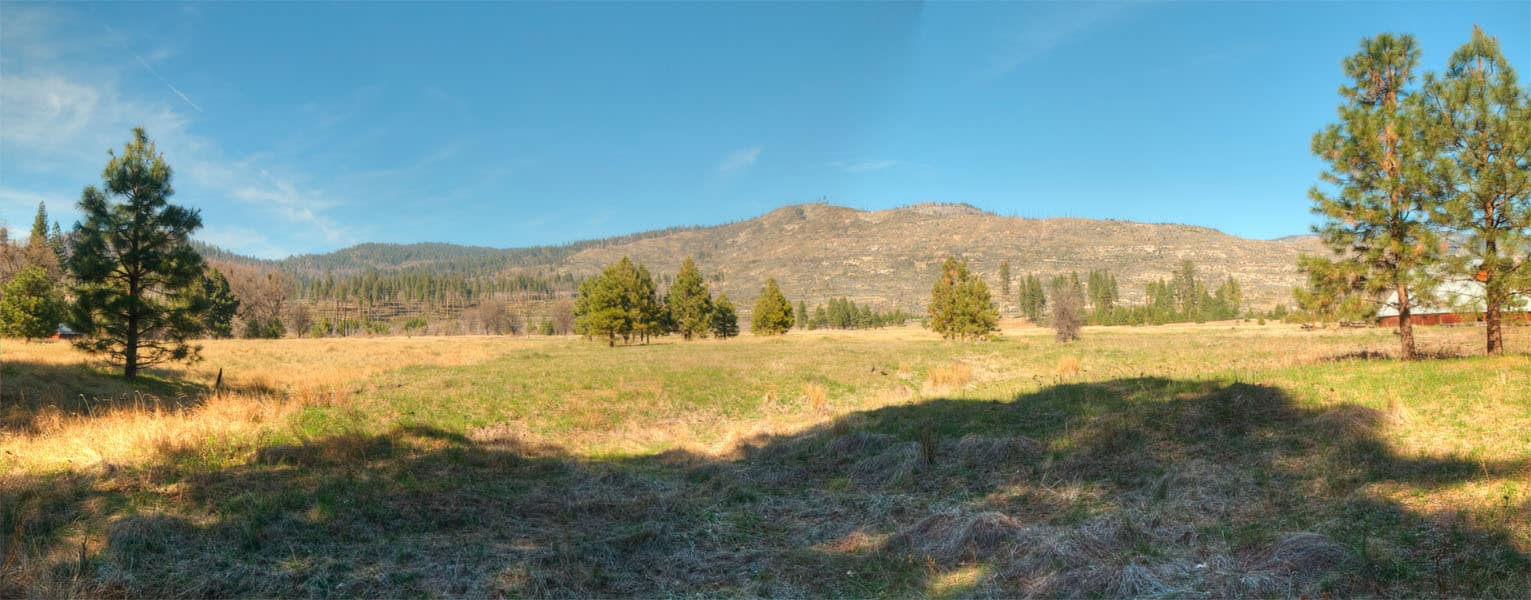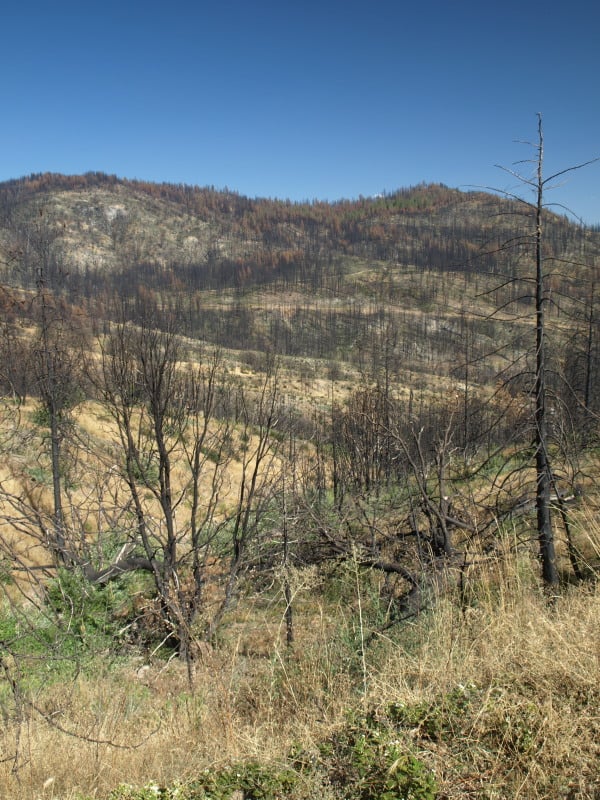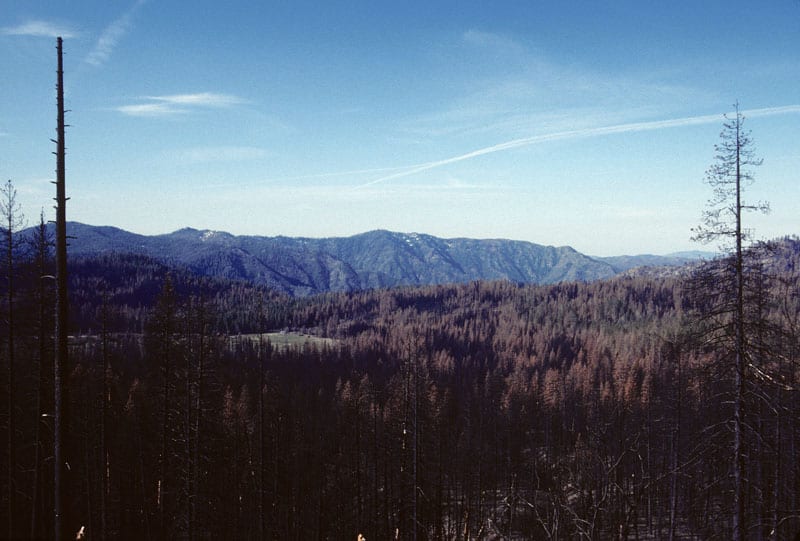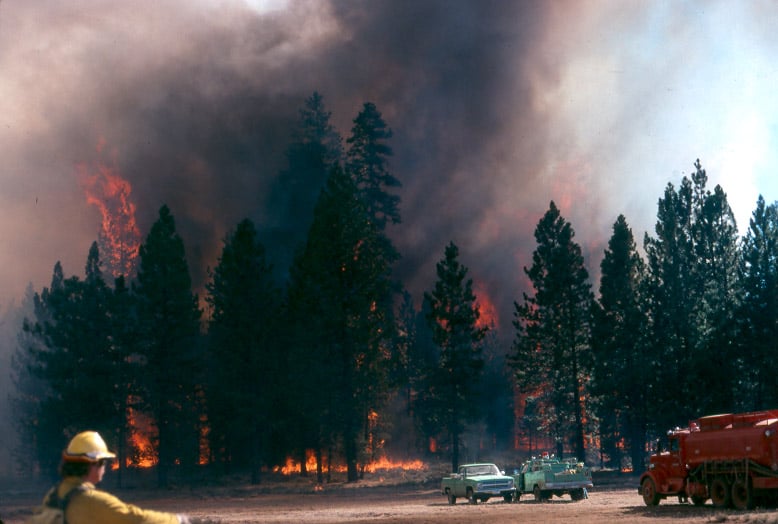This story seems to deal with some substantive and procedural questions that are popular on this blog. Environmental groups are offering alternatives that the Forest Service doesn’t seem interested in.
Elson, the Flagstaff District Ranger, acknowledged that some parts of the FWPP plan do fly in the face of the Mexican spotted owl recovery plan’s recommendations. But overall, the plan is in the best interest of the species, he said.
“The recovery plan would say we generally don’t want to disturb the owls during breeding season, but that is the necessary price to achieve reduced wildfire risk,” which poses the greatest threat to the birds, he said.
For example, doing thinning or prescribed burning in owl habitat areas during the spring and summer months, which overlap with breeding season, will allow that work to happen two to three times faster, Elson said. And that means a reduced wildfire risk in the area will happen sooner, he said.
Why does the Forest Service get to decide that NOT following the recovery plan is in the best interest of the species – that wildfire poses the greatest threat? How “necessary” is it really to do a treatment “faster?” (Doesn’t that just mean that resources could instead be used to treat other areas?)



